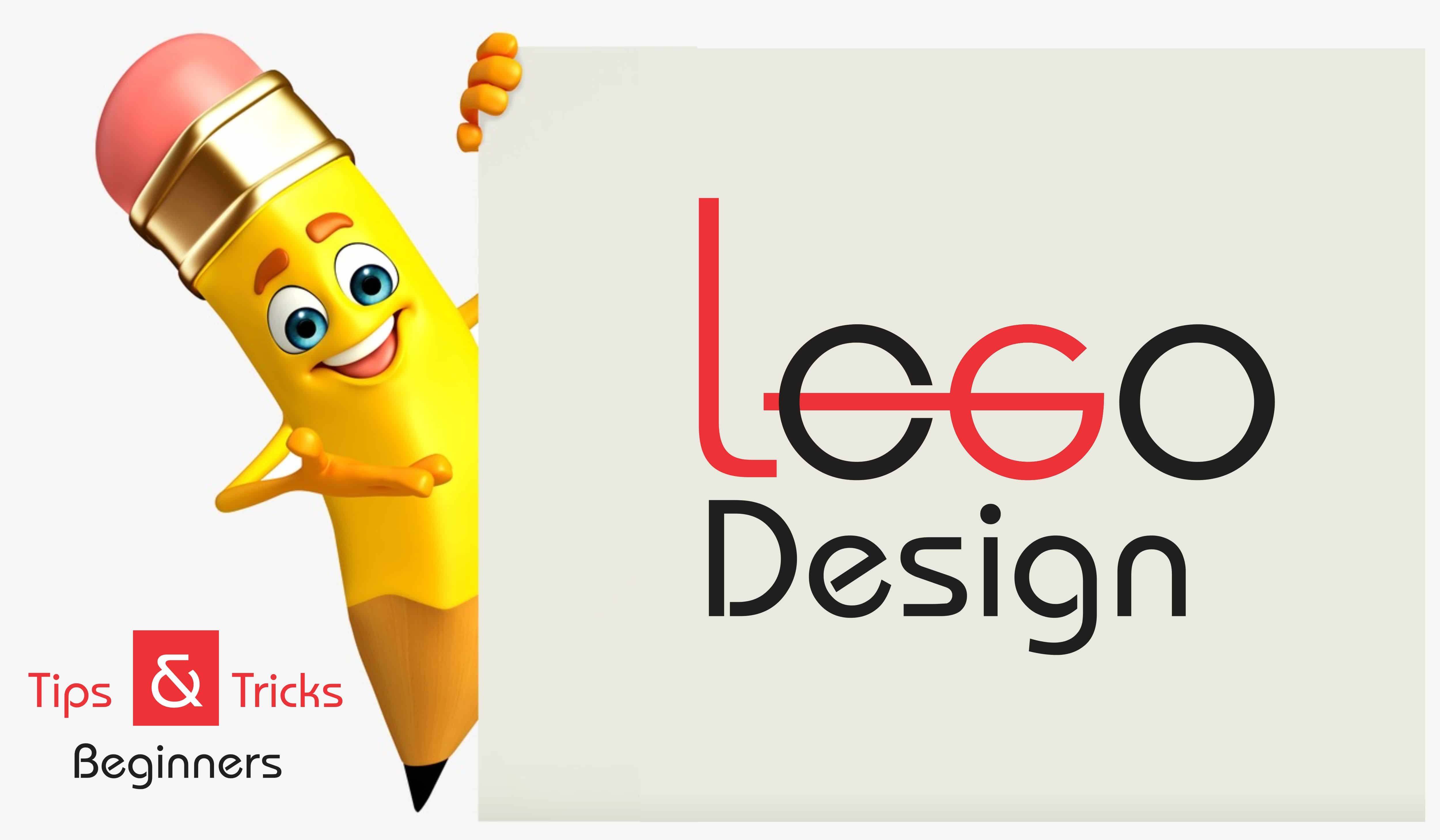
How to Build a Consistent Brand Across Digital Platforms
Creating a Brand Style Guide for Digital Platforms
In today’s interconnected world, businesses rely heavily on Digital Platforms to reach their audience. From social media to websites and email campaigns, each touchpoint plays a crucial role in shaping a brand’s image. However, with so many channels at play, maintaining consistency can be a challenge. Here’s how you can create and maintain a consistent brand across Digital Platforms:

1. Define Your Brand Identity:
Before you begin posting or designing, it’s essential to have a clear understanding of your brand identity. This includes:
- Mission and Vision: What does your brand stand for, and what are your long-term goals?
- Core Values: The principles that guide your business decisions and interactions.
- Target Audience: Who are you speaking to? Understanding your audience’s demographics, interests, and pain points is key.
- Brand Personality: Is your brand fun and quirky, or professional and authoritative? Define the tone and style of your communications.
- Visual Identity: Your logo, color palette, typography, and imagery style are foundational elements that must remain consistent across platforms.

2. Create a Brand Style Guide:
A brand style guide serves as a roadmap for anyone working on your brand. It ensures that no matter who creates the content, it aligns with your identity. Include the following in your guide:
- Logo Usage: Specify how your logo should appear in various formats and what not to do with it.
- Color Palette: Provide hex codes, RGB, and CMYK values to ensure uniformity.
- Typography: Define the fonts for headings, body text, and call-to-actions.
- Voice and Tone: Offer examples of how your brand communicates in different scenarios, such as on social media versus professional emails.
- Imagery Guidelines: Explain the types of photos, illustrations, and videos that best represent your brand.

3. Optimize Content for Each Platform:
While consistency is important, it’s equally crucial to tailor your content for different platforms. Each digital platform has its own nuances, so adapt while maintaining core branding elements:
- Social media: Use a conversational tone on Digital Platforms like Instagram and TikTok but maintain a more professional voice on LinkedIn.
- Websites: Your website is your digital home. Ensure it reflects your brand identity through cohesive design and messaging.
- Emails: Keep email templates aligned with your brand colors and fonts while making sure the tone suits the audience.
- Paid Ads: Use a consistent visual style but optimize headlines and CTAs for the target platform’s audience.

4. Be Consistent with Messaging:
Your messaging should be aligned across platforms to avoid confusion. This includes:
- Taglines and Slogans: Use the same tagline across platforms to reinforce your brand’s value proposition.
- Key Messages: Highlight the same benefits, features, and unique selling points in all your communications.
- Storytelling: Share stories that resonate with your brand’s mission and values, keeping the narrative consistent.

5. Use Tools to Streamline Branding:
Several tools can help you ensure consistency across platforms:
- Social Media Management Tools: Digital Platforms like Hootsuite or Buffer allow you to schedule posts and review content for uniformity.
- Design Tools: Canva, Adobe Creative Cloud, and Figma can help you create visually consistent assets.
- Project Management Tools: Use Trello or Asana to keep your branding team aligned.

6. Train Your Team:
Your team is the backbone of your branding efforts. Educate them about your brand’s style guide and regularly update them on any changes. Consistency begins with a team that understands and embodies the brand.

7. Monitor and Audit Regularly:
Consistency is not a one-time task. Regularly review your digital platforms to ensure all elements align with your brand. Conduct audits to:
- Identify inconsistencies in design, messaging, or tone.
- Gather feedback from your audience.
- Make adjustments to improve cohesion.

8. Adapt While Staying True to Your Brand:
Digital Platforms and trends evolve rapidly. While it’s important to stay relevant, ensure that any changes you make align with your brand’s core identity. For example, adopting a trending meme might work for a playful brand but could undermine a professional one.

Conclusion:
Building a consistent brand across Digital Platforms requires a blend of strategy, tools, and teamwork. By defining your identity, creating a style guide, and regularly monitoring your efforts, you can establish a strong, recognizable presence. Consistency not only builds trust but also ensures that your audience remembers and resonates with your brand. Start today, and watch your cohesive branding pave the way for long-term success.
Recent Posts


